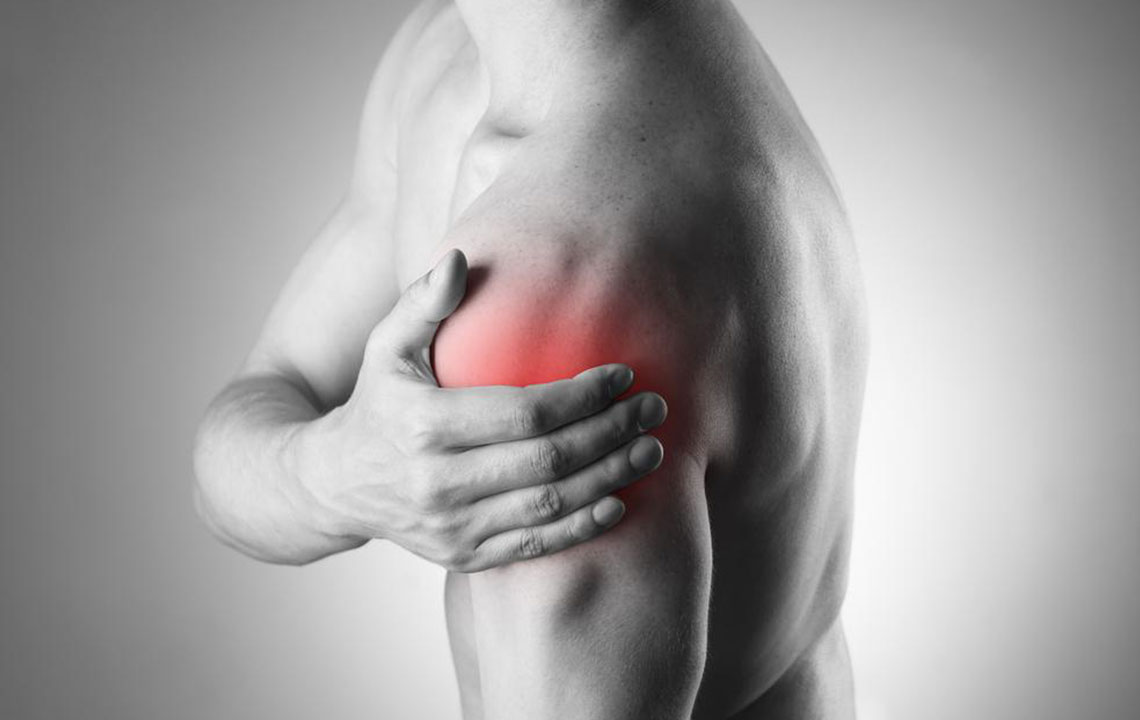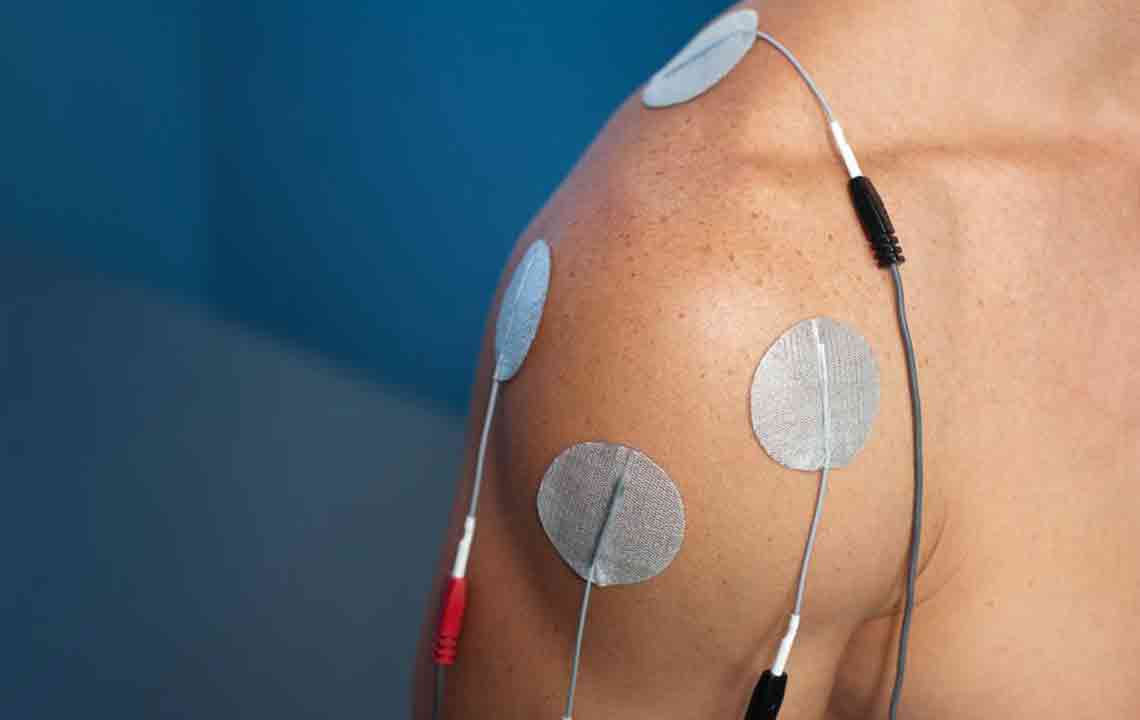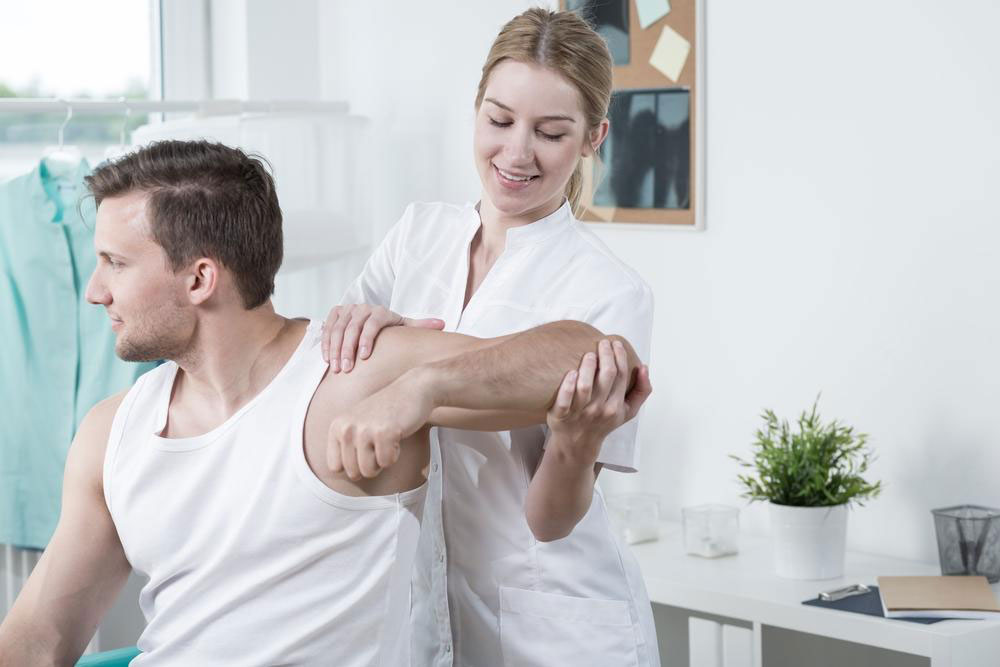Comprehensive Guide to Effective Treatment and Rehabilitation of Rotator Cuff Injuries
Explore comprehensive strategies for treating rotator cuff injuries effectively, from initial conservative measures to surgical options. Learn how to manage shoulder pain, restore mobility, and ensure a swift recovery through personalized treatment plans, physical therapy, and advanced surgical techniques. Whether you're an athlete, worker, or elderly individual, understanding these treatment options can help you regain shoulder health and prevent future injuries.

Advanced Strategies for Managing and Treating Rotator Cuff Injuries
Understanding Rotator Cuff Injuries
Rotator cuff injuries are a common source of shoulder pain and disability, affecting athletes, manual workers, and older adults alike. This injury involves damage or inflammation of the group of muscles and tendons that stabilize and facilitate movement of the shoulder joint. The rotator cuff comprises four main muscles: supraspinatus, infraspinatus, teres minor, and subscapularis, all working together to enable arm rotation and lifting. When these muscles or tendons sustain tears, tendinitis, or impingement, symptoms such as persistent shoulder pain, weakness, limited range of motion, and clicking sounds during movement can occur.
Several factors can contribute to rotator cuff injuries, including repetitive overhead activities, sudden trauma, degeneration with age, or overuse from sports and manual labor. Understanding the root cause is crucial for selecting the appropriate treatment method to ensure effective recovery.
Addressing rotator cuff injuries requires a structured approach, which often begins with conservative treatments, but may escalate to surgical interventions if necessary:
Rest and RICE (Rest, Ice, Compression, Elevation): The first step involves reducing activity to prevent further damage. Applying ice packs for 10-15 minutes multiple times daily effectively alleviates swelling and eases pain. Resting the shoulder helps minimize inflammation and allows natural healing processes to commence. Elevation and compression via soft bandages can further decrease swelling, particularly during initial stages.
Anti-inflammatory Medications: Non-steroidal anti-inflammatory drugs (NSAIDs) like ibuprofen can be used under medical supervision to manage pain and reduce inflammation during acute phases.
For persistent or severe injuries, medical professionals may recommend more advanced treatments, including:
Injections: Corticosteroid injections are commonly administered to rapidly decrease inflammation and relieve pain, enabling patients to participate more effectively in physical therapy. However, repeated steroid use should be carefully monitored as it may weaken tendon tissue over time.
Physical Therapy and Rehabilitation: A tailored physical therapy program is highly effective to restore strength, flexibility, and function. Typical exercises include shoulder stretches, pendulum swings, wall reaches, and resistance training. A physical therapist guides patients through these exercises to ensure proper technique and progression, preventing re-injury.
When conservative methods do not bring relief, surgical options are often considered, especially for complete tears or significant damage:
Arthroscopic Tendon Repair: Using minimally invasive techniques, surgeons insert a small camera and instruments to visualize and stitch torn tendons, minimizing tissue trauma and promoting quicker recovery.
Open Tendon Repair: For more complex cases, open surgery involves larger incisions to access and reattach damaged tendons securely.
Tendon Transfer Procedures: In cases where tendons are extensively damaged or torn beyond repair, transferring nearby tendons can restore shoulder function.
Shoulder Replacement Surgery: Severe cases involving joint deterioration may require shoulder arthroplasty, which replaces damaged joint components with artificial parts.
Reverse Shoulder Arthroplasty: A specialized procedure mainly indicated in cases of rotator cuff tear arthropathy, reversing the normal joint structure to improve function and reduce pain.
Early diagnosis and intervention are critical for optimal recovery. If you experience persistent shoulder pain, weakness, or limited range of motion, consulting a healthcare professional promptly can help determine the severity of the injury and the most suitable treatment plan. Proper management and rehabilitation can restore shoulder function, reduce pain, and prevent future injuries.





